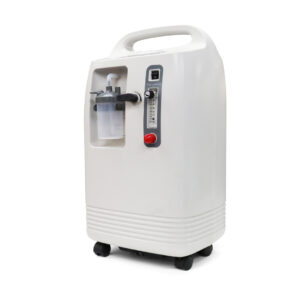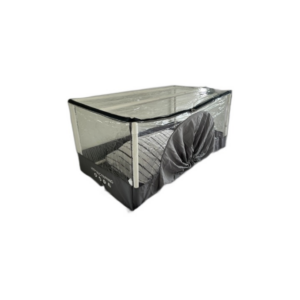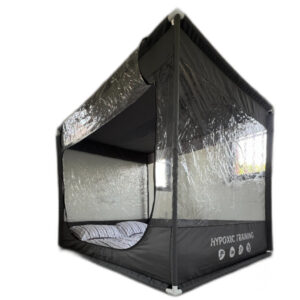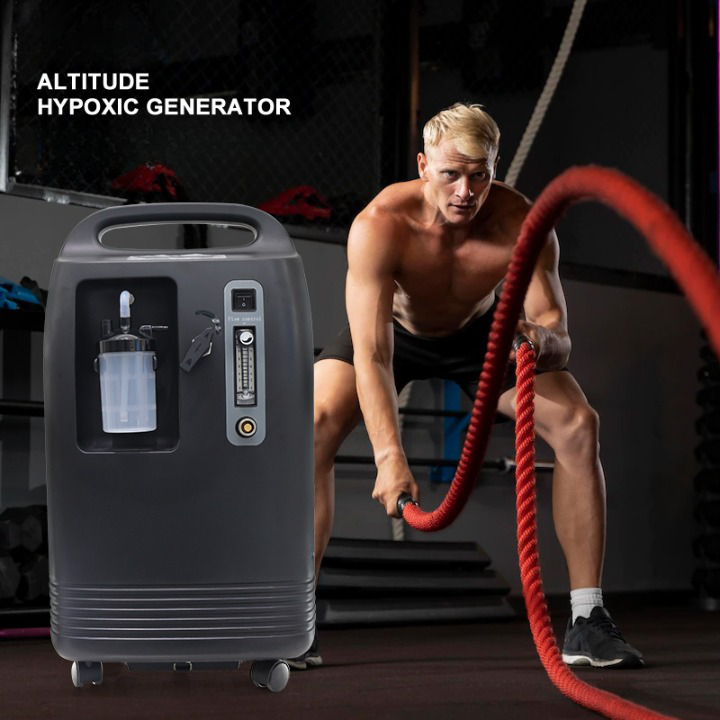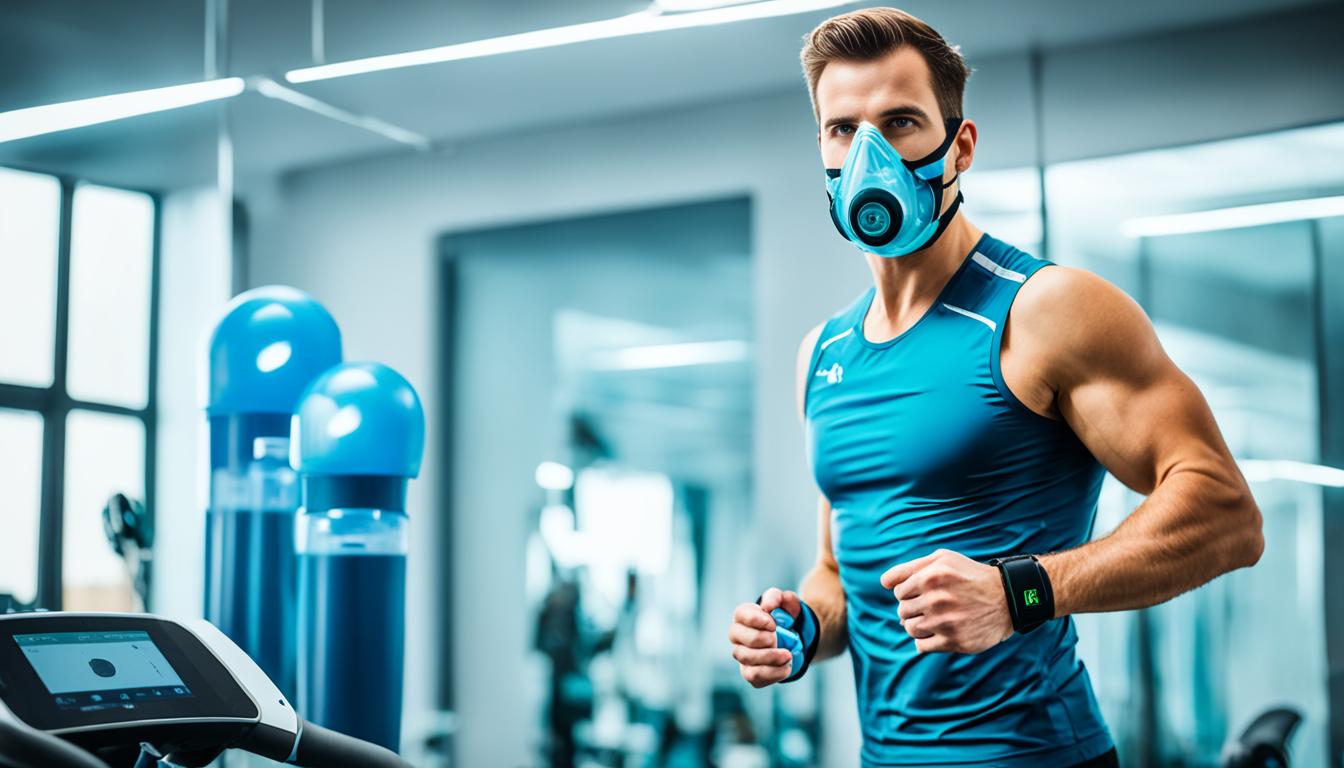Have you ever wondered if there is a training method that can boost your performance and improve your physical wellness? What if I told you that the key to unlocking your full potential lies in the air you breathe? Introducing hypoxic training, a revolutionary approach to fitness that involves exercising in, living in, or otherwise breathing reduced oxygen air. But how exactly does hypoxic training work? And what are the methods and benefits associated with it? Let’s dive deeper into the world of hypoxic training and discover how it can take your performance to new heights.
Key Takeaways:
- Hypoxic training involves exercising in reduced oxygen air.
- There are different methods of hypoxic training, including exercising at altitude, sleeping at altitude, and alternating altitude.
- Hypoxic training can boost performance and improve physical wellness.
- Professional guidance and following evidence-based research are important for safe and effective hypoxic training.
- By incorporating hypoxic training into your routine, you can optimize your physical performance and well-being.
Exercising at Altitude
Exercising at altitude is a powerful method of hypoxic training that challenges the body and leads to valuable adaptations, resulting in improved performance, fitness, and overall health.
When you exercise at altitude, your body is exposed to reduced oxygen intake, pushing your cardiovascular system to work harder to deliver enough oxygen to your muscles. This stimulates both aerobic and anaerobic adaptations, enhancing your body’s ability to utilize oxygen efficiently and produce energy during physical exertion.
This type of training has numerous benefits beyond athletic performance. Exercising at altitude can also be advantageous for individuals recovering from injuries. By training at altitude, you can engage in intensified cardiovascular exercises while minimally stressing your musculoskeletal system. This allows you to maintain and even improve your fitness levels during the recovery process.
To engage in exercising at altitude, there are several equipment options available:
- Altitude Chamber: A multi-user system that simulates high-altitude conditions and allows you to exercise in a hypoxic environment.
- Exercise Cubicle Tent: A tent designed specifically for exercising, which can be set up in your home or training facility to create a hypoxic environment.
- Training Mask with Altitude Generator: A mask worn while exercising that connects to an altitude generator, simulating reduced oxygen conditions.
Exercising at altitude not only challenges your body but also helps you adapt and perform at your best. Whether you’re an athlete looking to enhance your performance or an individual seeking to improve your overall fitness and health, incorporating exercising at altitude into your training regimen can provide significant benefits.
Sleeping at Altitude
Sleeping at altitude is a powerful method of hypoxic training that can significantly enhance your aerobic performance. During sleep, your body undergoes crucial physiological processes that contribute to the production of erythropoietin (EPO). This hormone plays a vital role in boosting the oxygen-carrying capabilities of your blood by stimulating the production of red blood cells and increasing hemoglobin concentration.
These adaptations are crucial when it comes to tolerating reduced oxygen intake at high altitudes and improving your aerobic performance. By sleeping at altitude, you can stimulate the production of EPO and enhance the oxygen-carrying capacity of your blood, leading to improved endurance and overall athletic performance.
A common practice among athletes is the “Live High, Train Low” routine. This approach involves spending extended periods of time at high altitudes (particularly during sleep) and performing training sessions in normal oxygen conditions. This combination allows athletes to benefit from increased EPO production while maintaining the intensity of their workouts.
To sleep at altitude, you have two primary options available:
- Using an altitude tent connected to an altitude generator: This setup allows you to create a simulated high-altitude environment in your bedroom. Simply connect the altitude tent to an altitude generator, which adjusts the oxygen levels to mimic high altitude conditions.
- Converting your bedroom into an altitude chamber: This involves creating a hypoxic environment within your bedroom by installing specialized equipment that regulates the oxygen levels. This setup provides a similar effect to an altitude tent but allows for a more comprehensive adaptation to the conditions.
Sleeping at altitude is a proven method to enhance your aerobic performance and improve your overall fitness. By utilizing altitude tents or converting a bedroom into an altitude chamber, you can optimize your training and take advantage of the benefits associated with hypoxic training.
Benefits of Sleeping at Altitude
When you sleep at altitude, your body goes through a series of adaptations that enhance your physical capabilities. These adaptations include:
| Adaptations | Benefits |
|---|---|
| Increased EPO production | Enhanced oxygen-carrying capabilities of the blood |
| Promotion of red blood cell production | Improved aerobic performance |
Altitude Generator “Enduro” White
$1,690.00Altitude Head Tent Skypod
$299.00Altitude Tent Airborne
$595.00
Alternating Altitude
When it comes to hypoxic training, one method that stands out is alternating altitude. This technique involves delivering acute hypoxic stimulus while at rest, making it an effective approach for various purposes.
Alternating altitude is not only used in medical treatments and therapies but also benefits mountaineers, athletes, and individuals in rehabilitation. By using a training mask connected to an altitude generator, individuals can alternate between wearing the mask and taking it off at timed intervals, thus exposing themselves to controlled hypoxic conditions.
“By alternating altitude, individuals can experience the benefits of hypoxic stimulus without the need for physical exertion. This makes it a valuable tool for athletes recovering from injuries who are unable to exercise yet still want to optimize their performance.”
In addition to its application in pre-acclimatization efforts, alternating altitude can also be used in conjunction with other hypoxic training methods to further enhance their effects. By incorporating alternating altitude into their training routine, athletes and mountaineers can simulate the physiological changes that occur at high altitudes, improving their ability to tolerate reduced oxygen levels.
It’s important to note that alternating altitude should be approached with caution and performed under proper guidance to ensure safety and maximize effectiveness. Consulting with medical professionals or experienced trainers can help individuals determine the appropriate hypoxic stimulus, duration, and frequency for their specific goals and conditions.
Table: Benefits of Alternating Altitude Training
| Benefits | Description |
|---|---|
| Improved Oxygen Utilization | Helps the body adapt to reduced oxygen levels, enhancing overall oxygen utilization and efficiency. |
| Rehabilitation Support | Assists in the rehabilitation of injured athletes by providing a hypoxic stimulus without the need for physical exertion. |
| Enhanced Acclimatization | Prepares mountaineers and individuals for high-altitude environments by simulating physiological changes that occur at high altitudes. |
| Performance Optimization | Allows athletes to train at high-altitude conditions, improving their ability to tolerate reduced oxygen levels and enhancing their performance. |
By incorporating alternating altitude into their training regimen, individuals can experience the benefits of hypoxic stimulus even during periods of rest or injury rehabilitation. This method provides a safe and controlled way to expose the body to reduced oxygen levels, helping athletes, mountaineers, and individuals in medical treatments optimize their performance, acclimatization, and overall well-being.
Combining Methods
Depending on individual goals, it may be beneficial to combine two or more methods of hypoxic training as part of a training program. Combining methods can help optimize results and allow individuals to tailor their training program to their specific needs and goals. For example, one could combine exercising at altitude with sleeping at altitude to maximize the adaptations and benefits associated with both methods.
By combining methods, individuals can target different aspects of their fitness and performance, leading to comprehensive improvements. Exercising at altitude challenges the body’s cardiovascular system and stimulates aerobic and anaerobic adaptations. On the other hand, sleeping at altitude enhances erythropoietin production and oxygen-carrying capabilities, improving aerobic performance.
Furthermore, alternating altitude training can be added to the regimen, providing additional hypoxic stimulus while at rest. This method is commonly used by mountaineers and athletes seeking pre-acclimatization, as well as in medical treatments and the rehabilitation of injured athletes.
Combining methods allows individuals to access a wider range of training adaptations and benefits, optimizing their hypoxic training experience. By carefully designing a training program that incorporates various methods, individuals can achieve their desired results more effectively.
Example Hypoxic Training Program
- Exercising at altitude: 2-3 times per week for 60 minutes, focusing on both aerobic and anaerobic exercises.
- Sleeping at altitude: Every night for 8 hours, using an altitude tent connected to an altitude generator.
- Alternating altitude training: 3-4 sessions per week for 30 minutes each, using a training mask connected to an altitude generator.
By combining these methods, individuals can create a comprehensive hypoxic training program that targets various aspects of fitness and performance. It is important to note that the duration and intensity of each method should be tailored to individual capabilities and goals.

Benefits of Combining Methods
| Benefits | Exercising at Altitude | Sleeping at Altitude | Alternating Altitude Training |
|---|---|---|---|
| Improved aerobic performance | ✓ | ✓ | ✓ |
| Aerobic and anaerobic adaptations | ✓ | ||
| Erythropoietin production | ✓ | ||
| Injury rehabilitation support | ✓ |
Combining methods of hypoxic training can yield a range of benefits, including improved aerobic performance, aerobic and anaerobic adaptations, enhanced erythropoietin production, and injury rehabilitation support. By leveraging the unique advantages of each method, individuals can optimize their training program and achieve the desired results.
Hypoxic Training Equipment
To effectively perform hypoxic training, various equipment options are available. These include altitude chambers, altitude tents, and training masks connected to altitude generators.
Altitude Chambers
Altitude chambers are multi-user systems that simulate high altitude conditions. They provide a controlled environment where individuals can train and acclimatize to reduced oxygen levels. Altitude chambers are often used by athletes, fitness enthusiasts, and medical professionals to improve performance, enhance fitness, and facilitate recovery.
Altitude Tents
Altitude tents are portable systems that can be set up in a bedroom or any other suitable space. They create a hypoxic environment for sleeping, allowing individuals to reap the benefits of hypoxic training during rest. Altitude tents are convenient options for those who prefer to train at home and integrate hypoxic exposure into their daily routine.
Training Masks and Altitude Generators
Training masks connected to altitude generators enable individuals to simulate reduced oxygen conditions during exercise. These masks restrict airflow, mimicking the effects of training at high altitudes. By controlling the level of hypoxia, individuals can tailor their workouts to their specific goals and gradually increase their tolerance to reduced oxygen levels.
Together, these equipment options provide diverse methods of accessing hypoxic training. Whether it’s through the use of altitude chambers, altitude tents, or training masks connected to altitude generators, individuals have the flexibility to choose the equipment that aligns with their preferences and training goals.
| Equipment | Description |
|---|---|
| Altitude Chambers | Multi-user systems that simulate high altitude conditions for training and acclimatization. |
| Altitude Tents | Portable systems that create a hypoxic environment for sleeping, offering convenience for home training. |
| Training Masks and Altitude Generators | Masks connected to generators that restrict airflow, simulating reduced oxygen conditions during exercise. |
Risks of Hypoxic Training
Although hypoxic training offers numerous benefits, it is essential to be aware of the potential risks involved. Training under extreme levels of hypoxia or with excessive frequency can lead to the development of pathological conditions. Therefore, it is crucial to strike the right balance in terms of the severity and duration of hypoxic exposure to ensure both safety and effectiveness.
Hypoxic training should be approached with caution and performed under proper guidance to minimize potential risks.
During hypoxic training, it is important to prioritize safety and adhere to a correct regime. Here are some key considerations:
- Seek professional guidance: Consult with a qualified trainer or a healthcare professional who specializes in hypoxic training. They can provide you with personalized advice and guidance based on your individual fitness level and goals.
- Gradually increase intensity: Start with mild hypoxia levels and gradually increase the intensity as your body adapts to minimize the chances of overexertion or injury.
- Supervision during training: It is advisable to have a trained professional present during hypoxic training sessions, especially if you are new to the technique or performing high-intensity exercises.
- Monitor your body’s response: Pay attention to any unusual symptoms or discomfort during hypoxic training. If you experience severe dizziness, shortness of breath, chest pain, or any other concerning symptoms, discontinue training and seek medical advice.
- Listen to your body: Don’t push yourself beyond your limits. It is important to recognize your body’s signals and adjust the intensity and duration of your training accordingly.
- Follow a well-rounded training program: Incorporate hypoxic training as part of a comprehensive training program that includes a variety of exercises and focuses on overall fitness and wellness.
“Safety should always be a top priority when engaging in hypoxic training. By following the correct regime and seeking professional guidance, you can minimize the risks and maximize the benefits of this training method.”
Guidelines for Hypoxic Training
To ensure safe and effective hypoxic training, it is crucial to seek professional guidance and follow evidence-based research. By doing so, individuals can optimize their training program and achieve their desired results. One reputable source for comprehensive training literature is Hypoxico, an industry leader with decades of research in altitude training.
Professional guidance is essential to understanding the nuances of hypoxic training and tailoring it to individual needs. Expert trainers and coaches can provide personalized advice, ensuring that the training program aligns with specific goals and avoids any potential risks. These professionals have the knowledge and experience to answer questions, offer support, and provide ongoing guidance throughout the training journey.
Evidence-based research is crucial for designing an effective hypoxic training program. By relying on scientifically validated studies and recommendations, individuals can make informed decisions about the duration, frequency, and intensity of their training sessions. Evidence-based research helps optimize training protocols and ensures that the training program aligns with current industry standards.
By following guidelines and seeking professional guidance, individuals can enhance the safety, effectiveness, and overall experience of their hypoxic training journey. With access to expert knowledge and evidence-based research, individuals can confidently incorporate hypoxic training into their routine and reap the benefits it offers.
Conclusion
Hypoxic training offers a range of benefits for individuals seeking performance enhancement, fitness improvement, and overall health. By incorporating methods such as exercising at altitude, sleeping at altitude, and alternating altitude, individuals can challenge their bodies and trigger valuable adaptations. Hypoxic training stimulates the cardiovascular system, boosts oxygen-carrying capabilities, and improves aerobic performance.
However, it is crucial to find the right balance of hypoxic exposure and follow professional guidance to ensure safety and effectiveness. It is recommended to seek guidance from experts in the field and refer to evidence-based research when designing a hypoxic training program. This approach helps individuals optimize their training experience and achieve their desired results.
With the right equipment, such as altitude chambers, altitude tents, or training masks connected to altitude generators, individuals can simulate reduced oxygen conditions and reap the benefits of hypoxic training. Athletes, fitness enthusiasts, and those striving to improve their physical performance can utilize hypoxic training as a valuable tool in their training regimen. Embracing hypoxic training can lead to enhanced performance, improved fitness, and overall well-being.

